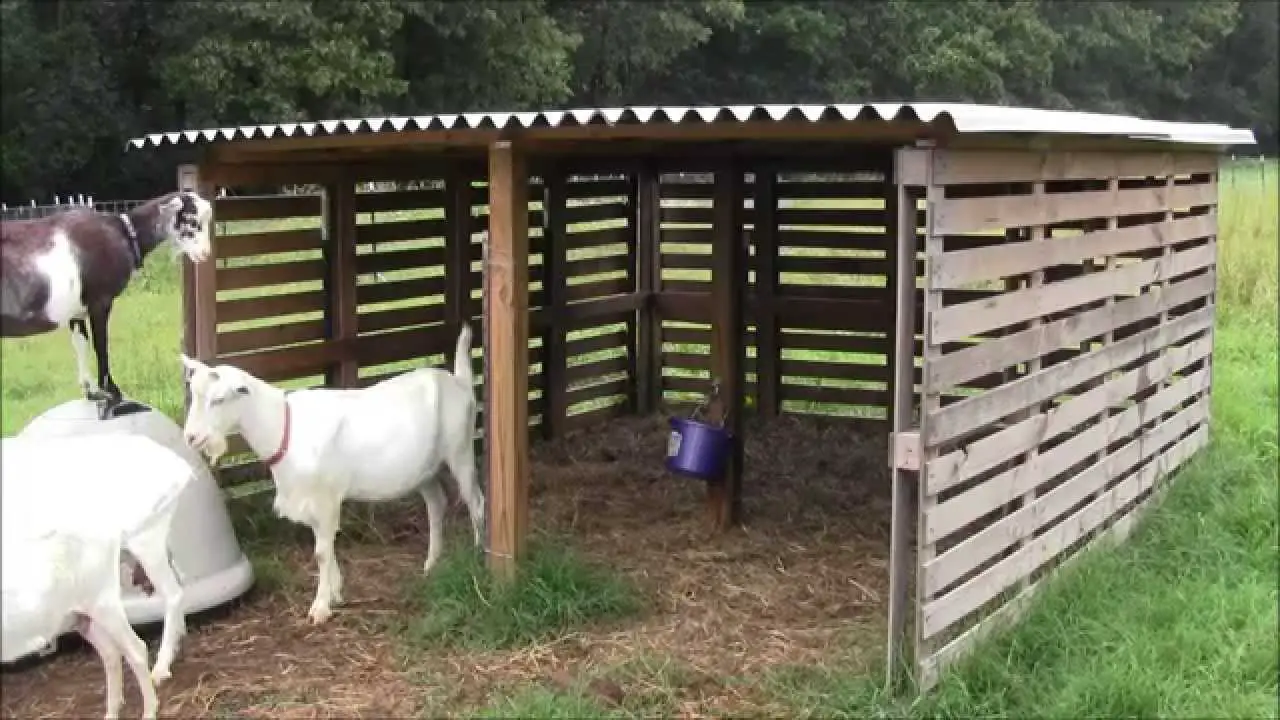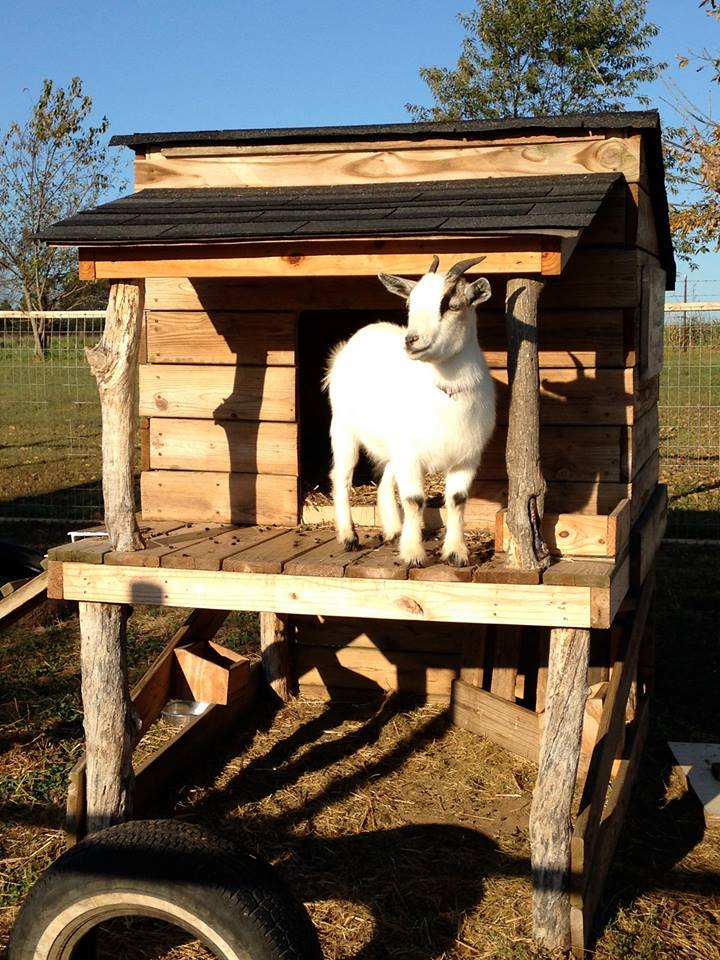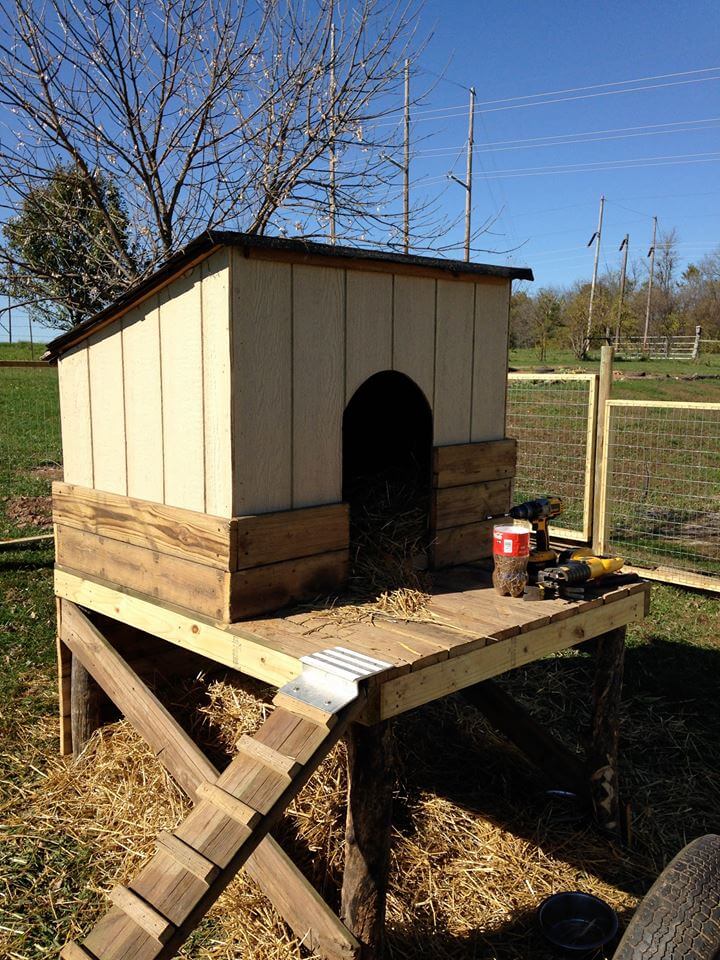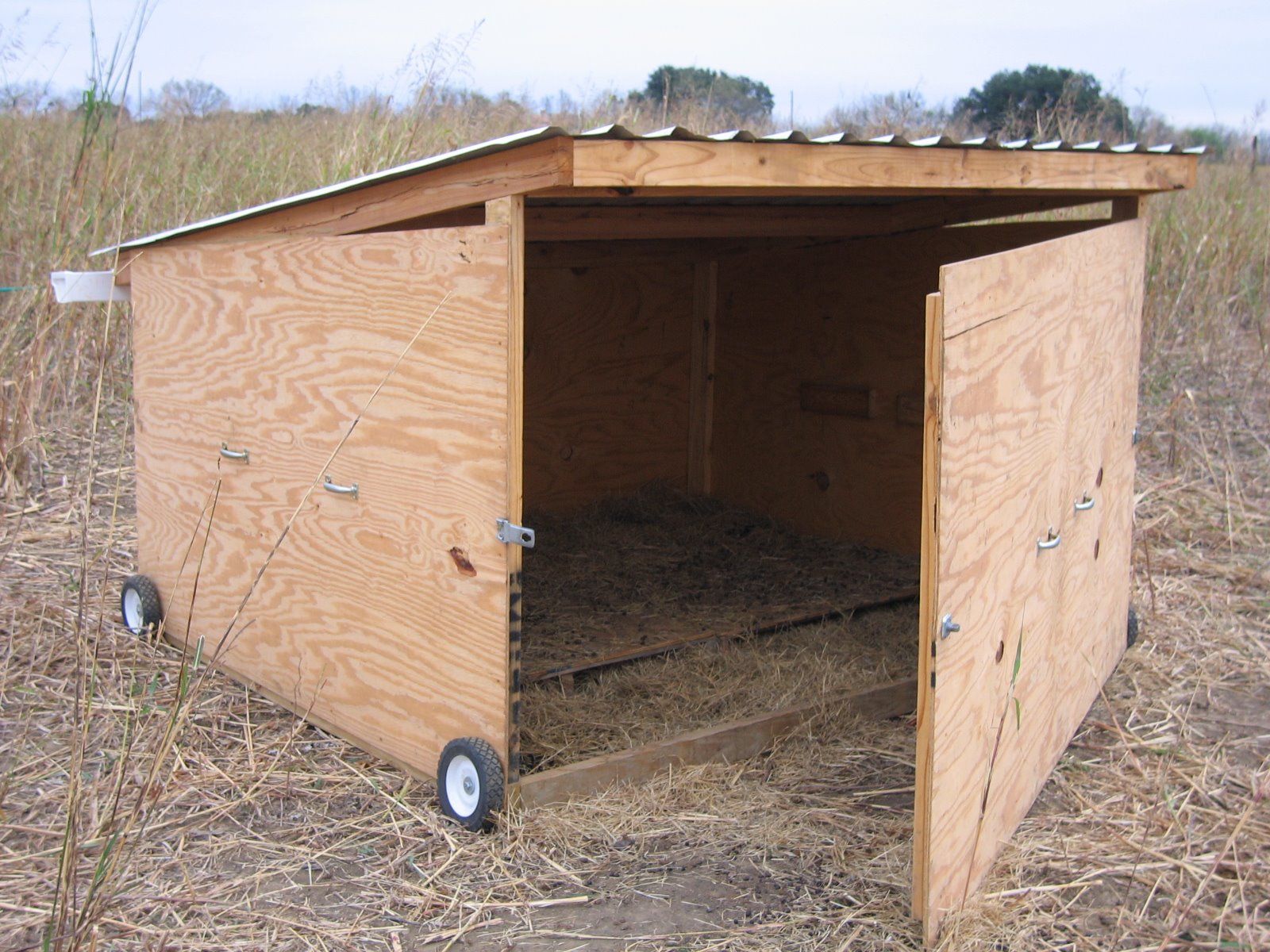Introduction
Providing a safe and comfortable shelter for your goats is essential to ensure their well-being and productivity. Whether you have a small backyard farm or a larger commercial operation, there are various goat shelter ideas that can meet your needs. In this article, we will explore different types of goat shelters and discuss their benefits and considerations.

1. Simple Shed
A simple shed is one of the most common and cost-effective options for goat housing. It can be constructed using basic materials such as wood, metal, or even repurposed items like old shipping containers. The shed should have proper ventilation and adequate space for the goats to move around comfortably.

2. Pasture Shelter
A pasture shelter allows goats to have access to outdoor grazing areas while providing protection from harsh weather conditions. This type of shelter is typically open on one or two sides and can be made with sturdy materials like wood or metal. It should be positioned strategically to provide shade during hot summer days.

3. Three-Sided Shelter
A three-sided shelter is an effective option for goat owners who want to provide some protection from the elements while allowing ample ventilation. This type of shelter can be made with wood or metal and should have a slanted roof to prevent water accumulation. The open side should face away from prevailing winds.

4. Barn-Style Shelter
A barn-style shelter offers goats a more enclosed and secure space. It can be constructed with multiple stalls or compartments to accommodate individual goats or groups. Barn-style shelters provide better protection against extreme weather conditions and can include features like windows for natural light.

5. Elevated Shelter
An elevated shelter is a great option for areas prone to flooding or heavy rainfall. By elevating the shelter off the ground, goats are protected from dampness and potential water accumulation. This type of shelter can be built using sturdy posts or even repurposed pallets.

6. Portable Shelter
A portable shelter is ideal for goat owners who frequently move their animals or have limited space. These shelters are lightweight and can be easily transported to different areas of the property. Portable shelters can be made with materials like PVC pipes and tarpaulin.

7. Natural Shelter
Utilizing natural elements like trees, hills, or rock formations can provide goats with natural shelters. This option can be cost-effective and environmentally friendly. However, it's important to ensure that the natural shelter is safe, secure, and provides adequate protection from the weather.

8. Insulation and Ventilation
Regardless of the type of shelter you choose, insulation and ventilation are crucial considerations. Proper insulation helps regulate the temperature inside the shelter, keeping goats warm during winter and cool during summer. Adequate ventilation ensures good air quality and reduces the risk of respiratory issues.

9. Fencing and Security
In addition to the shelter itself, it's important to have secure fencing to protect goats from predators and prevent them from wandering off. Fencing should be sturdy and tall enough to prevent escapes. Regular inspections and maintenance of the fencing are necessary to ensure the goats' safety.

10. Accessibility and Space
When designing or choosing a goat shelter, accessibility and space are key factors. The shelter should have wide doorways that allow easy movement of goats in and out. Sufficient space inside the shelter ensures goats can comfortably rest, feed, and move around without overcrowding.

Conclusion
Providing suitable shelter for goats is essential for their health and well-being. Whether you opt for a simple shed, pasture shelter, three-sided shelter, barn-style shelter, elevated shelter, portable shelter, or natural shelter, consider the specific needs of your goats and the climate of your area. Remember to focus on insulation, ventilation, fencing, accessibility, and space to create a comfortable and secure environment for your goats.